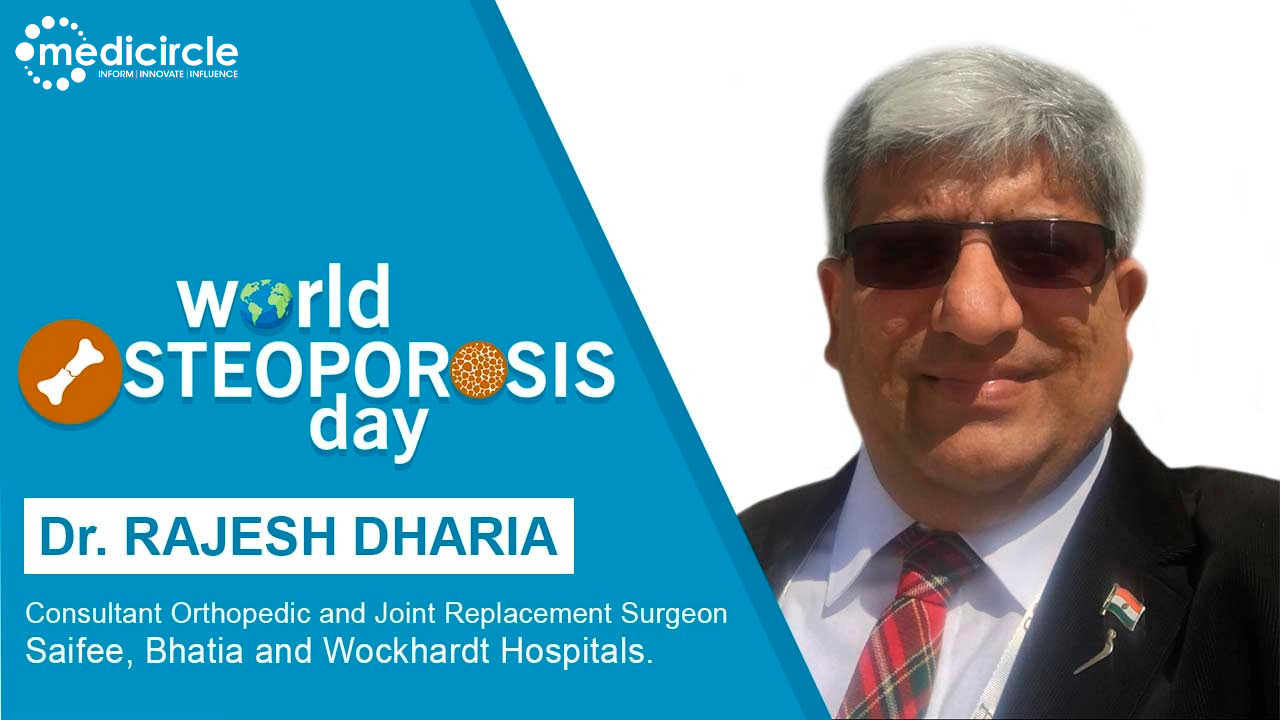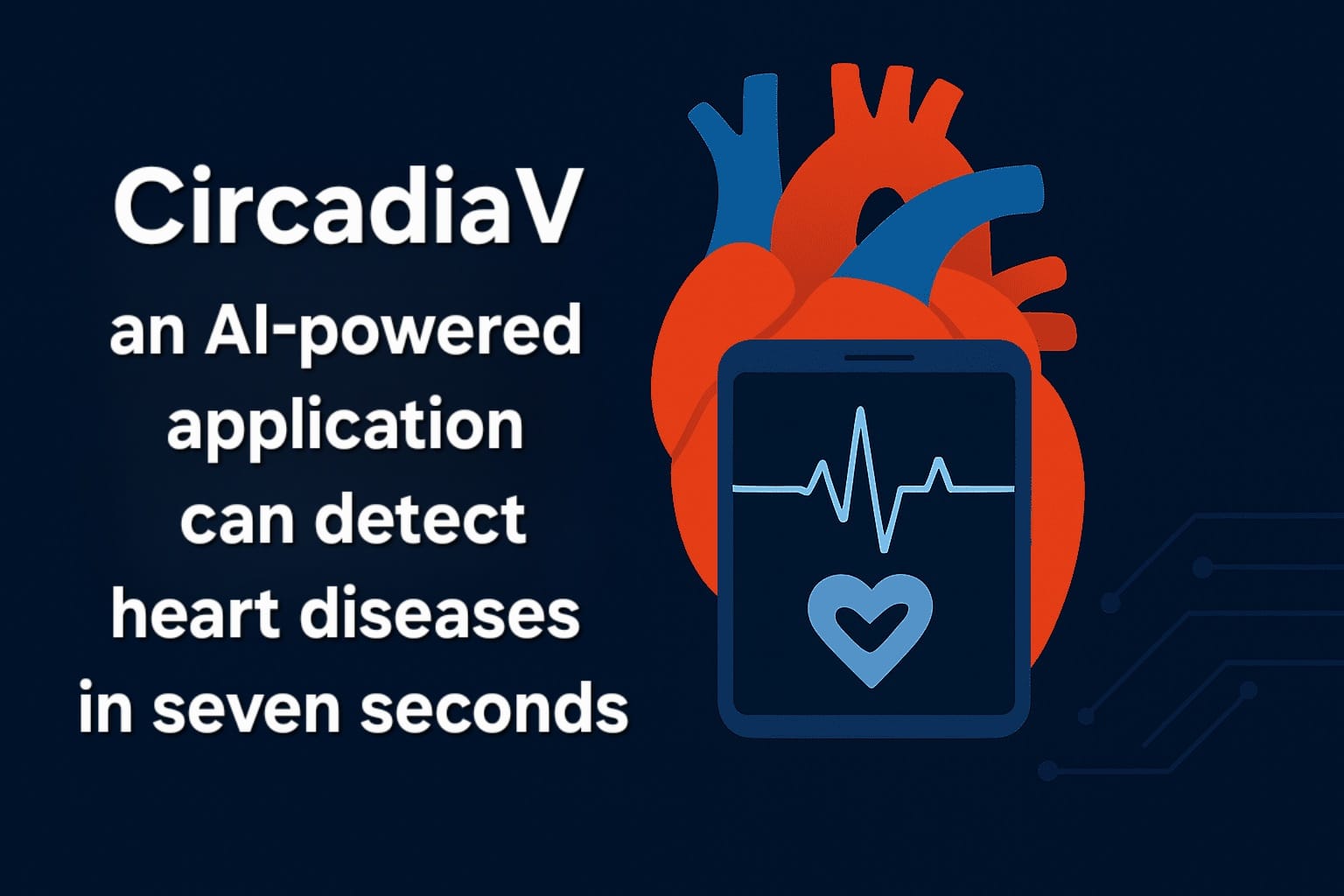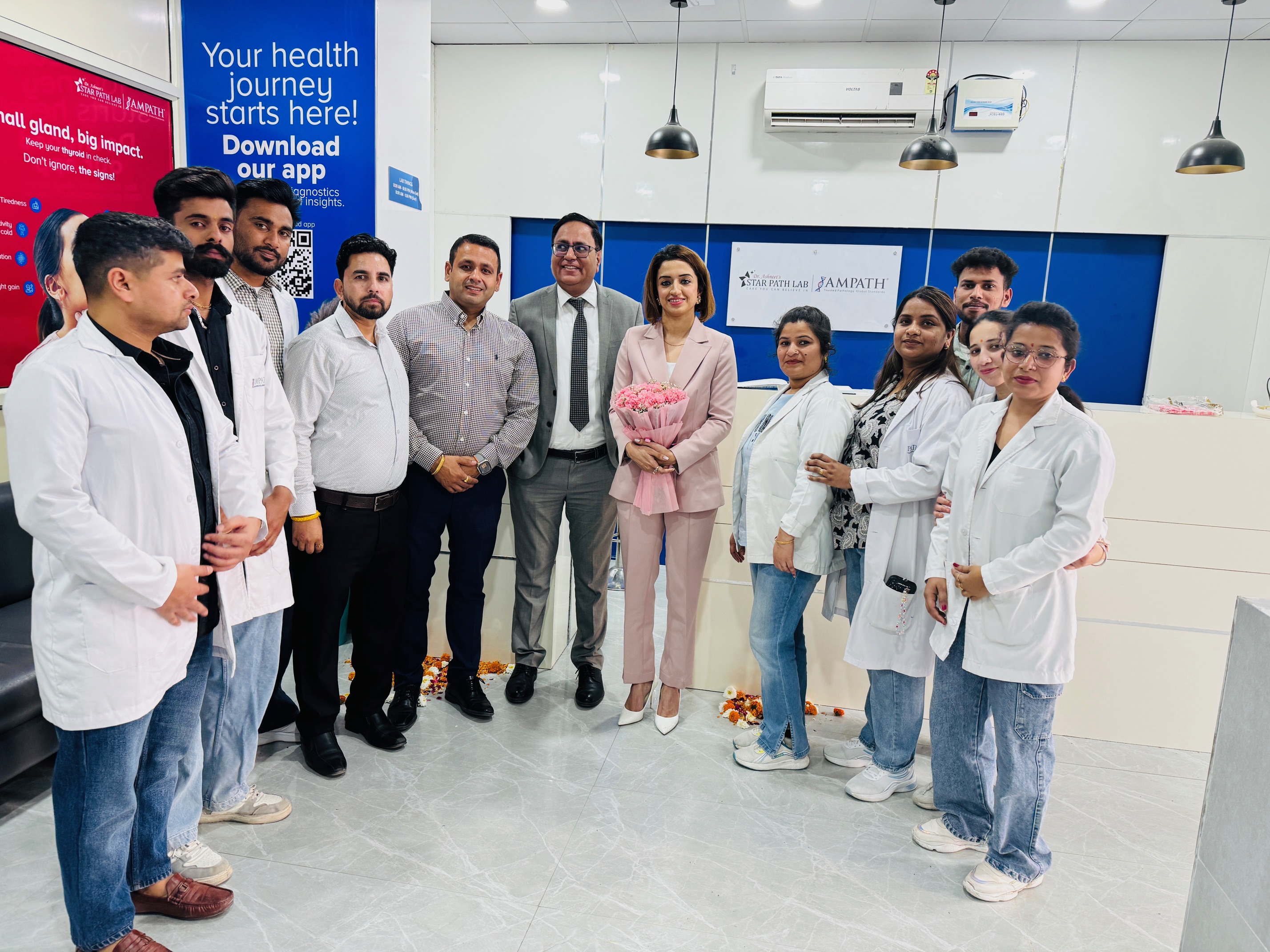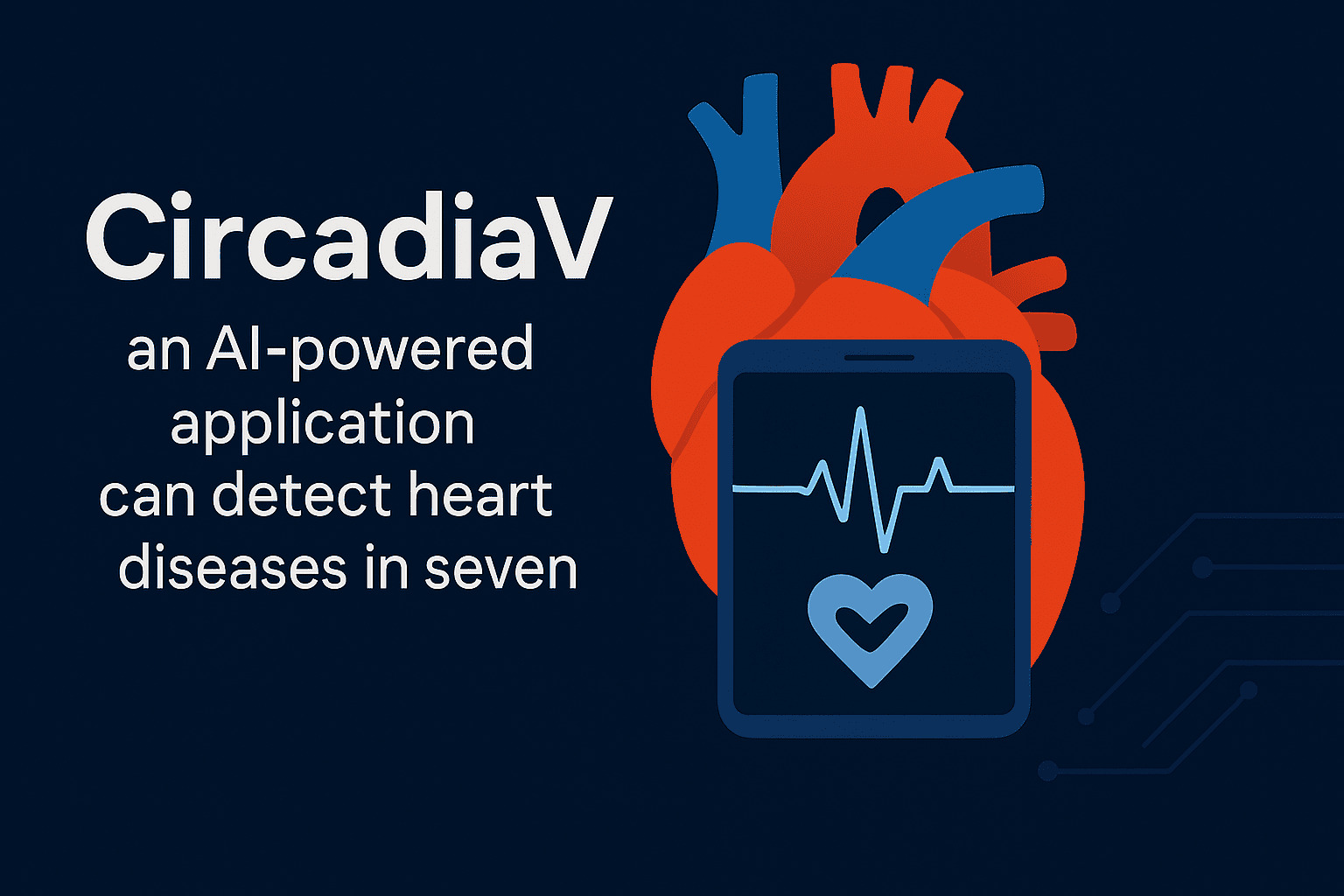Osteoporosis is a condition that affects the bones. Osteoporosis can occur in people of any age, but it's more common in older adults, especially women. People with osteoporosis are at a high risk of fractures, or bone breaks while doing routine activities such as standing or walking. The most commonly affected bones are the ribs, hips, and the bones in the wrists and spine. Osteoporosis is a growing global problem. Worldwide, fractures affect one in three women and one in five men over the age of 50. If one of your parents had osteoporosis or hip fracture, this may increase your own risk of developing the disease.
World Osteoporosis Day is celebrated on 20th October every year. The awareness day is being organized by the International Osteoporosis Foundation. The day is celebrated to raise global awareness about osteoporosis. Osteoporosis can be prevented; we just need to live a healthy lifestyle (food and physical activity). We at Medicircle are conducting the World Osteoporosis day Awareness Series to raise awareness about the risk factors of osteoporosis and the importance of healthy aging and a healthy lifestyle to prevent osteoporosis and its fractures.
Dr. Rajesh Dharia is a consultant Orthopedic and Joint replacement Surgeon. He is associated with Saifee, Bhatia, and Wockhardt Hospitals. He is a recipient of the National Award for Excellence in Orthopedic Surgery having performed thousands of replacements based in Mumbai. Dr. Rajesh Dharia has been featuring continuously in Mumbai Top-doctors for the last 4 years. He has been trained in UK, USA, Australia, and Singapore for Knee Replacement. He has 30 years of experience in his field.
Osteoporosis
Dr. Rajesh explains, “The word 'osteoporosis means 'porous bone.' It is a disease that weakens bones, and if you have it, you are at a greater risk for sudden and unexpected bone fractures. It is more common in old age people. It is more common in women after 45 years of age. Up until about age 30, you normally build more bone than you lose. After age 35, bone breakdown occurs faster than bone build-up, which causes a gradual loss of bone mass. If you have osteoporosis, you lose bone mass at a greater rate. After menopause at around the '50s, the rate of bone breakdown occurs even more quickly. Thus after the '50s, it becomes important to undergo a regular check-up. Females should take an adequate amount of vitamin D-rich food, sunlight, and calcium after menopause. This will help maintain their bone strength.”
Symptoms of osteoporosis
Dr. Rajesh describes early signs and symptoms - For osteoporosis, the patient's age is important. Some common symptoms are
Pain in the lower back or spine Pain in other bone joints
Prophylactic test - Bone densitometry test. In this, we usually measure the wrist, hip, spine bone density. Individuals whose bone density test shows a negative or down graph of T-scores and Z scores should begin therapy to reduce their risk of fracture. To strengthen bones, you need to take calcium, vitamin D, bisphosphonate. Sometimes even a plain x-ray can diagnose osteoporosis.
Dr. Rajesh says, “Every person above 65 years of age should have a bone density test, and if reports show some complications, then it is advisable to start medicine at the earliest. The doctor usually recommends them to include dietary changes along with medications. Vitamin D and osteoporosis are very much interconnected.
Early warning signs of vitamin D deficiency – Malaise, lethargy, altered sleeping and eating pattern, depression, muscular weakness, difficulty in walking. Children with low vitamin D levels often develop osteoporosis. However, osteoporosis in children is reversible as it can be treated with medicines timely. Taking proper precautions can reduce the risk of fracture. By taking care of vitamin D, you are reducing the risk of fracture which is commonest in the wrist, hip and spine.”
Dr. Rajesh stresses. “Regular check-up of all elderly patients is compulsory. By maintaining vitamin D and calcium intake, T score, and Z score, osteoporosis can be easily prevented. In this way, incidences of osteoporosis can be reduced drastically.”
Requirement of vitamin D and calcium
Dr. Rajesh emphasizes, “The daily requirement of vitamin D is 2000 I.U but if anyone is deficient in vitamin D, the requirement can increase many times. Sunlight is the major source of vitamin D. The recommended amount of daily calcium intake is 1,000 mg to 1,200 mg daily via diet and/or supplements. In the case of pregnant women, growing children, and elderly people, the requirement is slightly higher. So, it depends on person to person. Calcium-rich food in the diet includes dairy products. Vitamin D is fat-soluble which is found in ghee, paneer, cheese, and sunlight. If a person is having a balanced diet i.e fish, eggs, milk, then there shouldn’t be any deficiency. Balance diet contains maximum nutrients.”
Dr. Rajesh adds, “Owing to cultural differences and ethnic groups, osteoporosis risk varies among people of different communities.”
Exercises for bone health
Dr. Rajesh mentions, "Exercises play a vital role in promoting healthy bones and preventing osteoporosis. Exercising can also help us maintain muscle strength, coordination, and balance, which in turn helps to prevent falls and related fractures. Exercises help maintain blood flow to the bones. Weight-bearing and resistance exercises are the best for your bones. Weight-bearing exercises force you to work against gravity. They include walking, hiking, jogging, climbing stairs, playing tennis, and dancing. Natural sunlight is important in preventing osteoporosis. It is the afternoon sun between 10 am to 2 pm which is most apt for the synthesis of the vitamin D from the skin of the human body. UV rays are best suited during this time.”
(Edited by Renu Gupta)

 Osteoporosis means porous bone making them more susceptible to fractures. It affects hips, wrist and spine bones the most. But with simple precautionary steps, it can be easily prevented and treatment does exist
Osteoporosis means porous bone making them more susceptible to fractures. It affects hips, wrist and spine bones the most. But with simple precautionary steps, it can be easily prevented and treatment does exist





.jpeg)



.jpg)










.jpeg)





.jpg)




.png)



